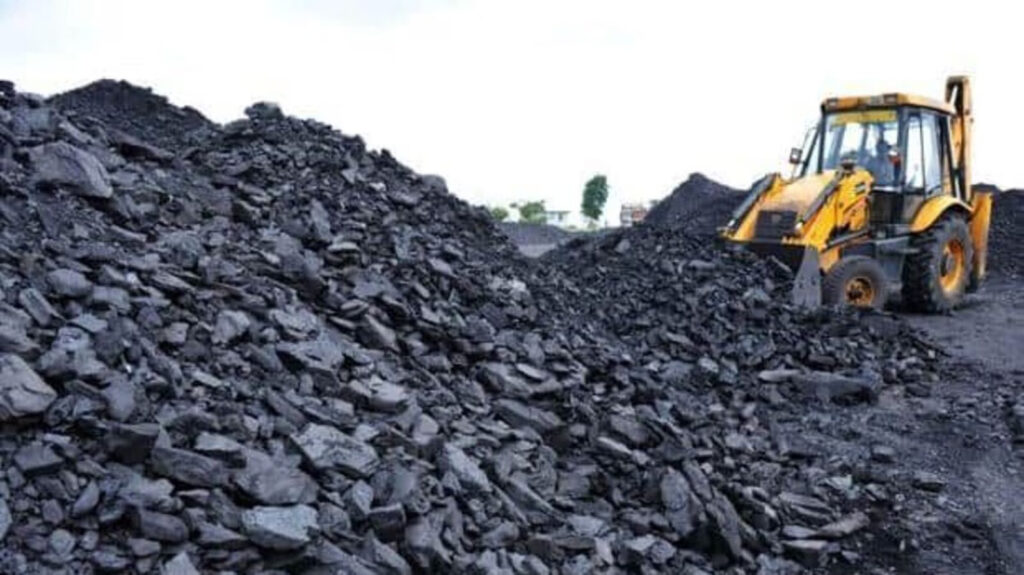According to S&P Global Commodity Insights, peak power consumption has increased due to heatwave conditions in various places, increasing the need for fossil fuels like coal and gas to be burned in India. According to a Reuters examination of government statistics, the country’s electricity production surged in the fiscal year 2022–2023 at its fastest rate in more than three decades, which fueled a sharp rise in emissions as both the output of coal-fired and renewable power plants set records.
Northwest and central India experienced its hottest April in nearly 122 years in 2023, according to S&P Global’s energy and commodities tracker. The hot Indian summer, which peaks in June, is not expected to provide much reprieve in the coming weeks.

According to S&P Global Commodity Insights, “power demand is set to spike” as the nation’s reliance on burning fossil fuels like coal and gas is projected to increase to deal with the hot summer and prevent power disruptions. In addition to taking human lives, the extreme heat waves also pose a threat to commodities, it said.
READ ALSO – Railways speed up the installation of the Kavach anti-collision system owing to the Odisha accident.
India is the third-largest emitter of greenhouse gases in the world, and the country’s rapid expansion of coal-fired output to meet rising energy demand highlights the challenges it faces in transitioning its economy away from carbon while attempting to provide energy security for as many as 1.4 billion Indians. According to Reuters, Indian power plants are anticipated to burn around 8% more coal in the current fiscal 2023–24, which started on April 1.
This occurs at a time when India’s heat waves are becoming more frequent and unpredictable, placing stress on its power grid and causing worries about blackouts and increases in electricity prices. The government has increased the supply of generation fuels and increased electricity output in an effort to prevent a serious power crisis. However, a fossil fuel-dominated power grid means that fossil fuel consumption will also increase, according to S&P Global Commodity.
In the fiscal year 2022–2023, carbon emissions grew by almost a sixth, to 1.15 billion tonnes, due to the increased burning of fossil fuels for energy in the world’s fifth-largest economy. Based on calculations by Reuters using official data and emissions projections, this represents 3.4% of the International Energy Agency’s projected 33.8 billion tonnes of annual worldwide emissions in 2022.
Data also revealed that, excluding hydro and nuclear power, the proportion of renewable energy in power generation increased to 11.8% in FY23 from 10.8% in FY22, primarily due to a 35% rise in solar output.
According to research from energy think-tank Ember, many major nations increased their usage of coal last year as a result of Russia’s invasion of Ukraine, but India had the biggest increase. The administration has defended the high consumption of coal by pointing to increased renewable energy output and lower per capita emissions when compared to wealthy countries.
Regarding short-term objectives, India is working to increase non-fossil energy capacity to 500 GW by 2030 after missing a plan to install 175 GW in renewable energy capacity by 2022. This includes solar, wind, nuclear, hydro, and biopower.
At the COP26 summit, India finally made a commitment to reduce its emissions to zero by 2070 after falling short of a crucial requirement that nations agree to achieve that goal by 2050. Net zero, often known as becoming carbon neutral, refers to not increasing the atmospheric concentration of greenhouse gases.



